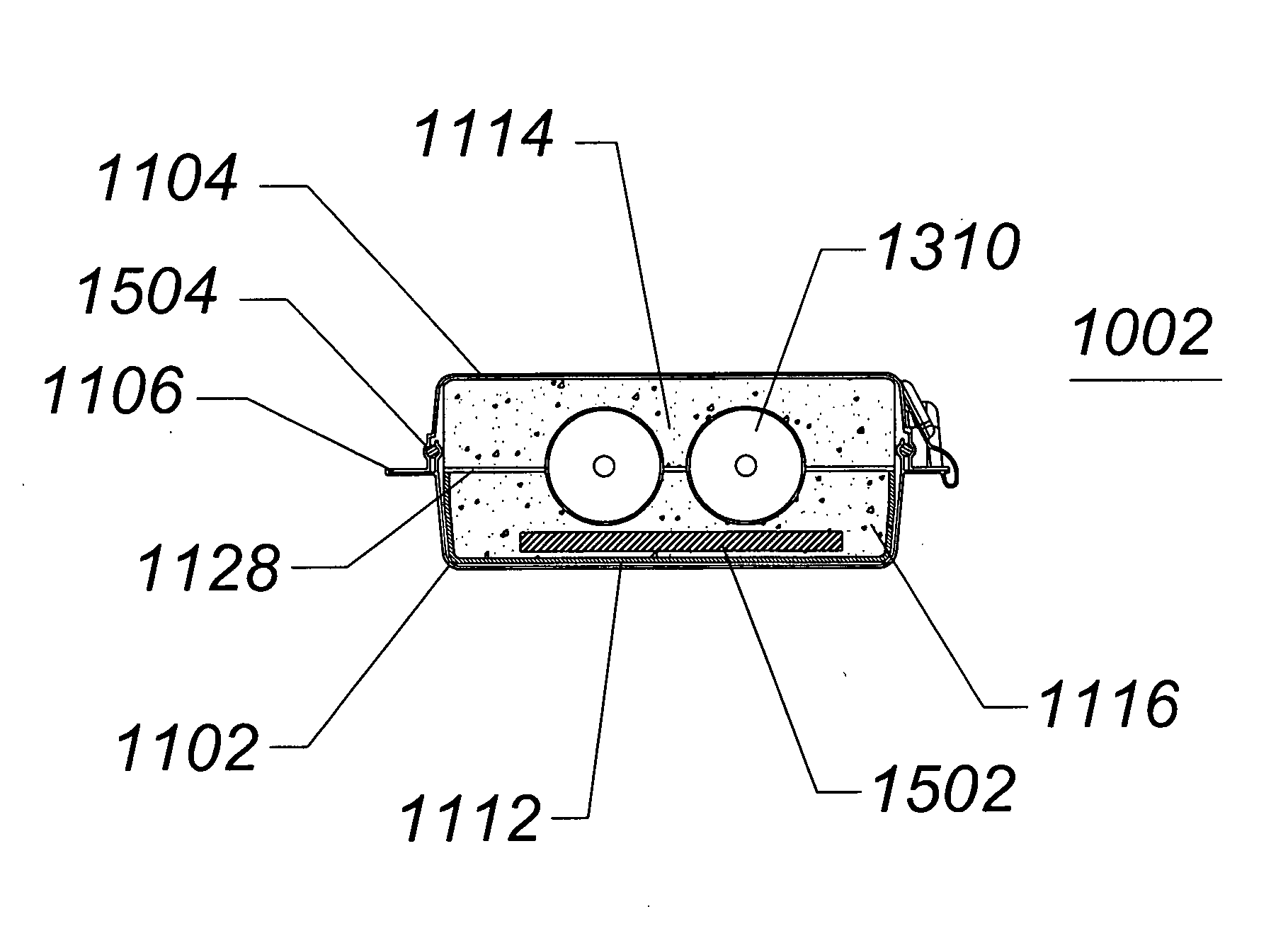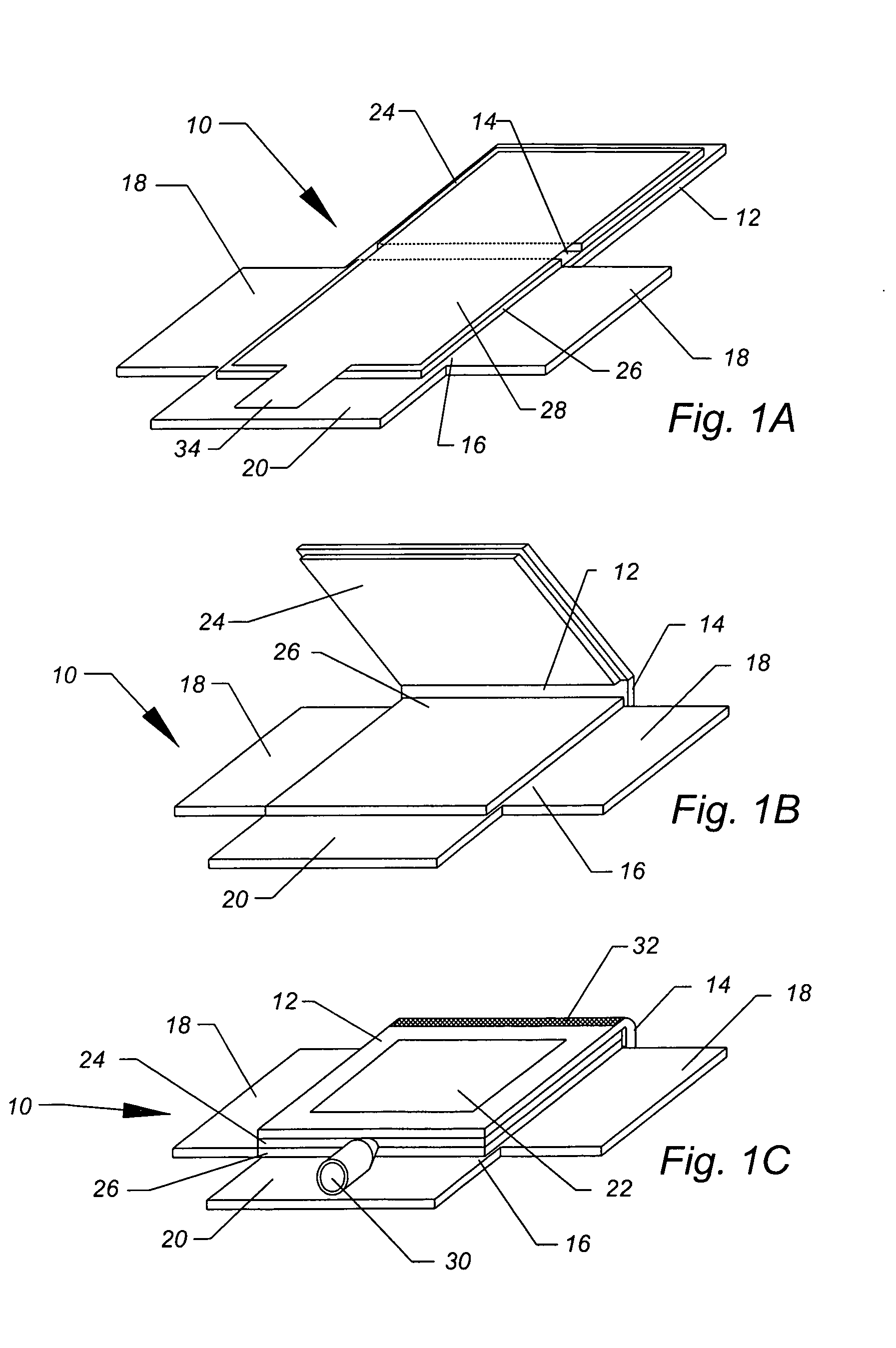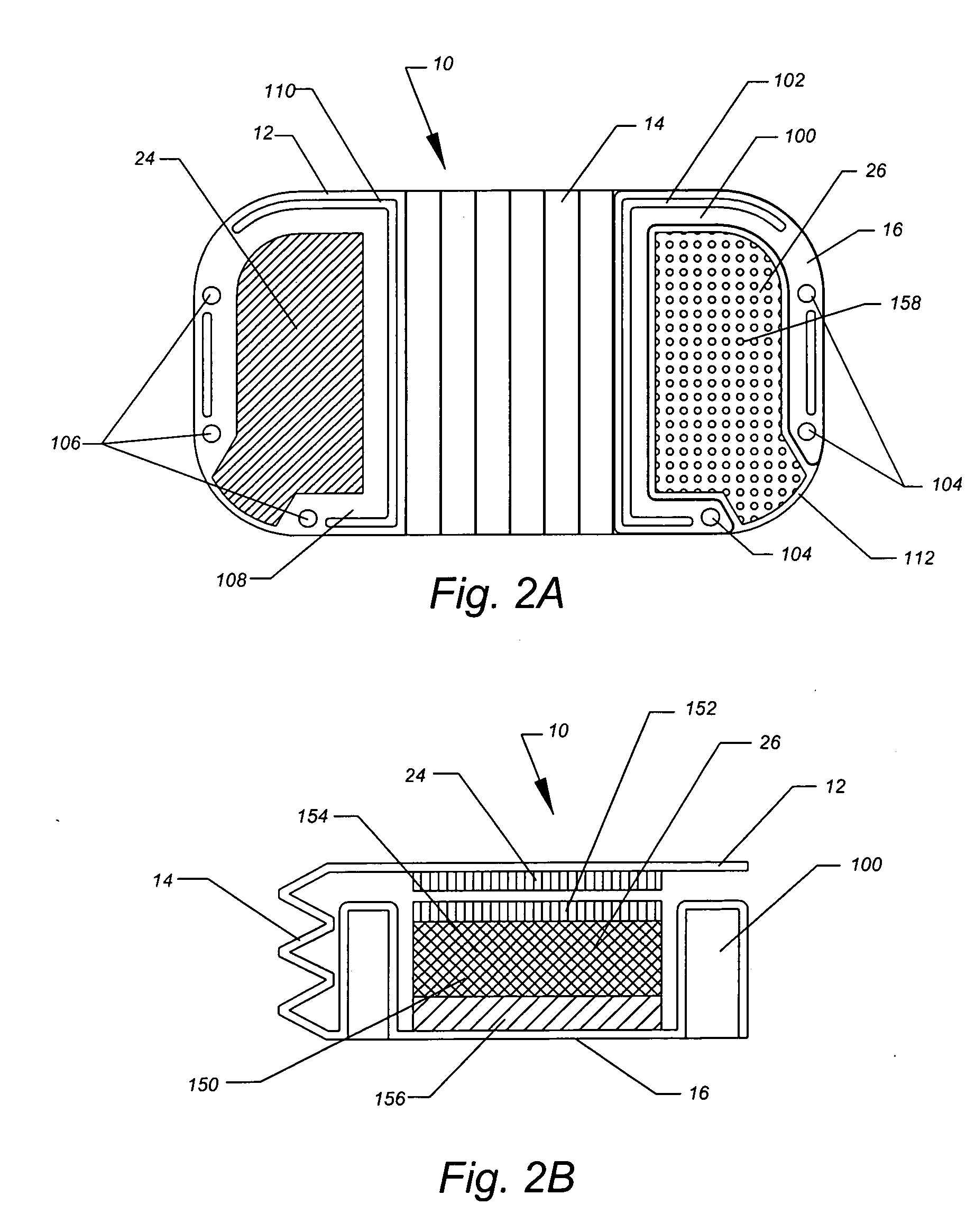Pathogenic microorganisms may be present in
human blood, body fluids or other infected materials and can cause infection and
disease in persons who are percutaneously, or mucocutaneously, exposed.
Accidental puncture with contaminated, sharp needles or surgical instruments, referred to as medical sharps or sharps, remains a
significant risk to healthcare workers.
All healthcare workers, such as physicians, nurses, paramedics, emergency medical technicians, ambulance staff, airmedics, airmedic staff technicians, janitorial staff,
office staff, and even patients and their families, are potentially at risk from this dangerous situation.
Typically, injuries
resultant from accidental needle and scalpel sticks occur after the instruments have been used.
Most often, needle and scalpel punctures occur during the handling of used sharp
instrumentation prior to permanent disposal.
Healthcare workers can accidentally stick themselves or others in the vicinity while carrying contaminated instruments to a centrally located disposal container for used sharps.
Often, needles dangerously protrude from the designated container, often located on a
peripheral wall of a given room and often located behind furniture, fixtures, and
medical equipment.
This increases the risk of puncture to the healthcare worker placing the sharp in the container, or emptying the used sharps container.
The true cost of the problem is difficult to measure.
If the risk is determined to be substantial, in terms of
exposure to known or likely HIV,
Hepatitis, or other pathogens, there may also be medication costs involved.
There are side effects to medications administered for suspected
disease transmission and the costs, both societal and monetary, are significant for such treatments.
If a disease is actually transmitted by the event, the costs, both personal and financial, are staggering, and the event can prove to be career ending as well as adversely affecting the family and social life of the healthcare worker.
Disease transmission, in the worst
scenario, can be life ending for the exposed healthcare worker.
Although needle guards and covers, needles and needleless systems address part of the solution to the problem, they do not offer a
universal solution that will manage the risks posed by other types of medical sharps, including scalpel blades, trocars, and the like.
Current portable sharps containment devices accommodate needles, but may not accommodate thick sharps, such as cannulae, trocars, scalpels, hypodermic needles with an attached
syringe barrel, and the like.
Typically, sharps containment devices comprise a soft enveloping material having inadequate
puncture resistance.
In addition, current sharps containment devices may leak contaminated bodily fluids from the used sharp.
There may be significant obstacles between the user and the sharps receptacle, including patient gurneys, beds, or examining tables; persons, such as patients, family members, visitors, and other health
care workers;
medical equipment such as IV poles and lines, monitors, wires, tubes, and other devices; or other furniture, fixtures, and equipment.
This again creates the problem of the healthcare worker sticking a co-worker while moving the contaminated sharp to the disposal receptacle.
A typical problem with mailbox-style receptacles is that they are frequently overfilled with needles, such that the needles stick out of the container opening.
In addition, it may be difficult to put certain types of sharps, such as
butterfly needles, needles attached to syringes,
suture needles, trocars, cannulae, and the like, into them.
An overfilled mailbox-style receptacle may result in healthcare workers becoming
cut and infected by an already disposed-of sharp when they try to insert a new sharp into the receptacle and force their hand on the protruding sharp object, or by the new sharp itself.
An additional risk of the mailbox-style receptacle includes the user being stuck as the sharp is being placed into the unit due to the difficulty of inserting the sharp into the tortuous pathway opening.
Not only are health
care workers themselves at risk because of inadequate or unsafe disposal systems, but there are significant risks to
housekeeping personnel within healthcare institutions and even to the public, who may encounter an improperly disposed, contaminated, unprotected, medical sharp device.
 Login to View More
Login to View More  Login to View More
Login to View More 


